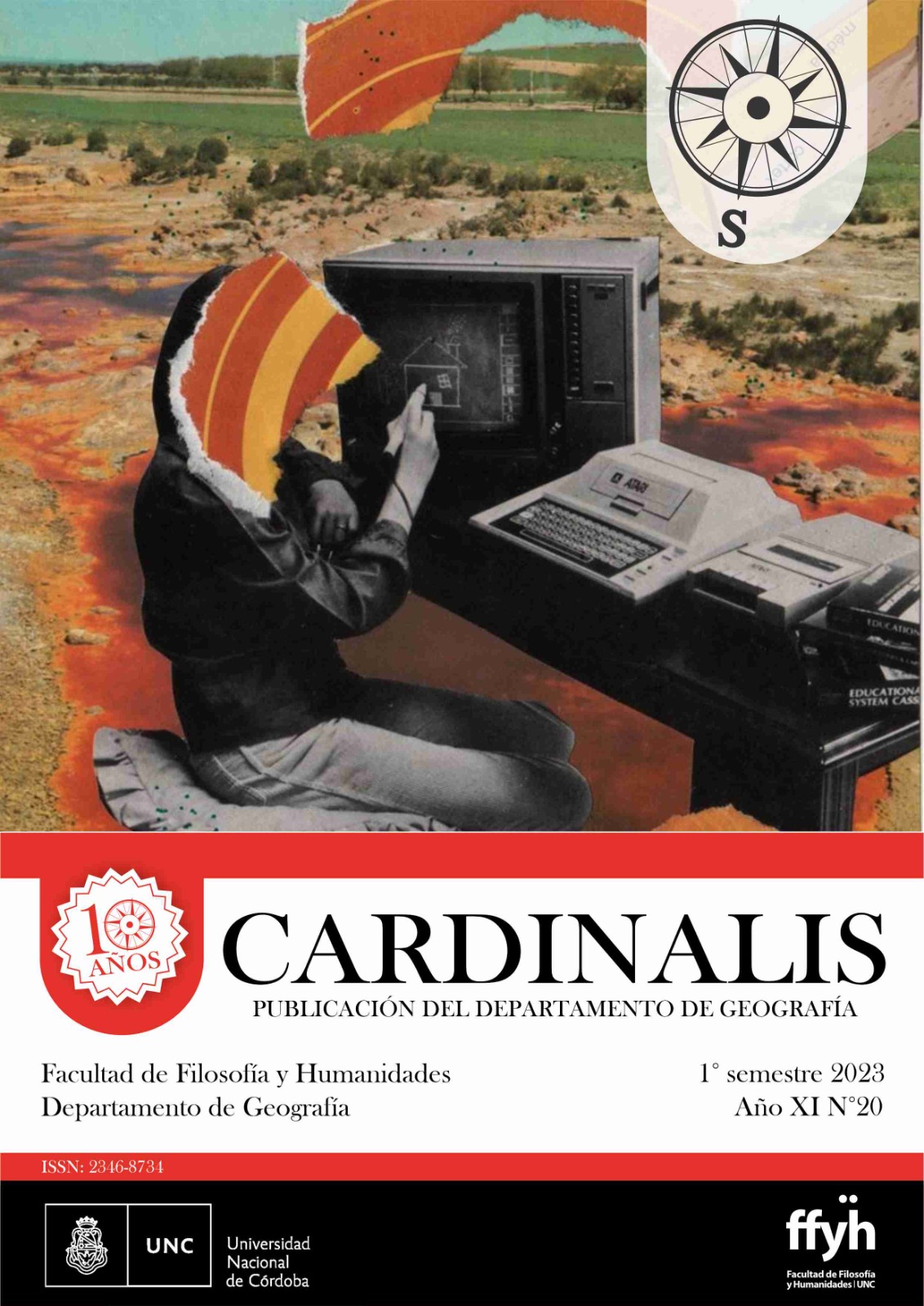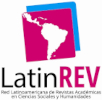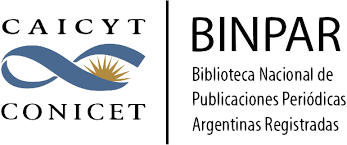Perceived Space. The case of Piscu Yaco Dam. Cortaderas, San Luis, Argentina
Abstract
For Henri Lefebvre (2013) space is a privileged environment for social interaction. Each society produces a space at a specific conjuncture, according to a historical context. This
research is based on his Space Production theory, and analyzes the perceived space in the Piscu Yaco Dam, a new recreational tourist product in the town of Cortaderas, province of San Luis, with a central axis in the appropriation of the space developed by the different actors involved in this social process with their specific logics and interests. The dam was conceived for the practice of nautical sports and landscape consumption, this brought an expansion of residential and tourist real estate developments near the attractor. At the same time, it is located in a place of cultural historical importance since it was the land of the Comechingón people, a circumstance that endows it with patrimonial significance. Thus, identity processes arise that come into conflict with real estate and urbanization
transformations, since the symbolic charge of some citizens strongly disagrees with the market capitalist logic of other actors. The study had a qualitative approach with an exploratory and descriptive scope, a diachronic approach was used and for it interviews were conducted. In this tourist town with migration of amenities (Moss, 2006), conflicting interests are revealed that allow us to understand the different appropriations and meanings that
different actors have of the same space, through their daily practices.
Downloads
Downloads
Published
Issue
Section
License

This work is licensed under a Creative Commons Attribution-NonCommercial-ShareAlike 4.0 International License.
Aquellos autores/as que tengan publicaciones con esta revista, aceptan los términos siguientes:- Los autores/as conservarán sus derechos de autor y garantizarán a la revista el derecho de primera publicación de su obra, el cuál estará simultáneamente sujeto a la Licencia de reconocimiento de Creative Commons (indicada abajo) que permite a terceros compartir la obra siempre que se indique su autor y su primera publicación esta revista.
- Los autores/as podrán adoptar otros acuerdos de licencia no exclusiva de distribución de la versión de la obra publicada (p. ej.: depositarla en un archivo telemático institucional o publicarla en un volumen monográfico) siempre que se indique la publicación inicial en esta revista.
- Se permite y recomienda a los autores/as difundir su obra a través de Internet (p. ej.: en archivos telemáticos institucionales o en su página web) antes y durante el proceso de envío, lo cual puede producir intercambios interesantes y aumentar las citas de la obra publicada. (Véase El efecto del acceso abierto).

Esta obra está bajo una Licencia Creative Commons Atribución-NoComercial-CompartirIgual 4.0 Internacional.






